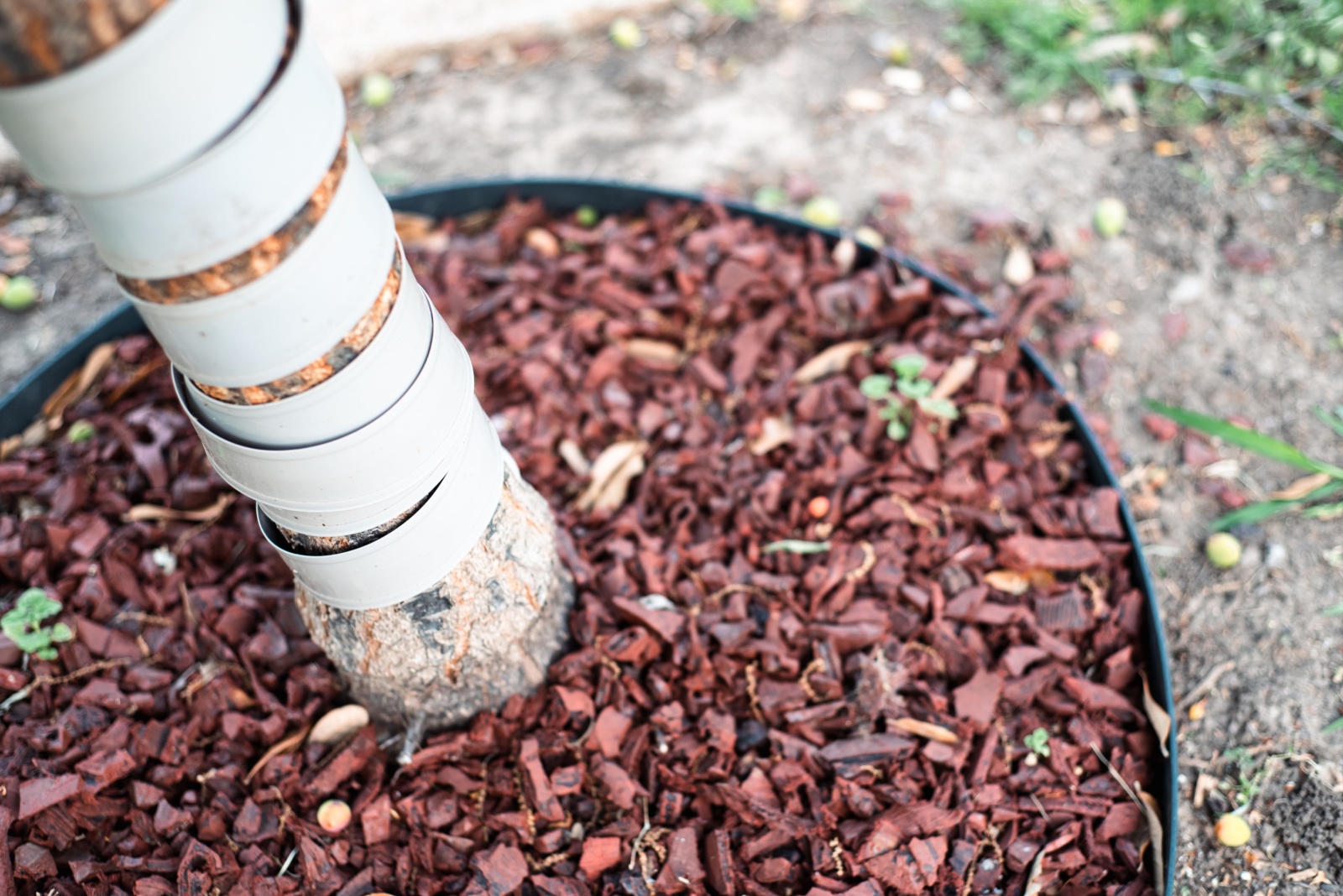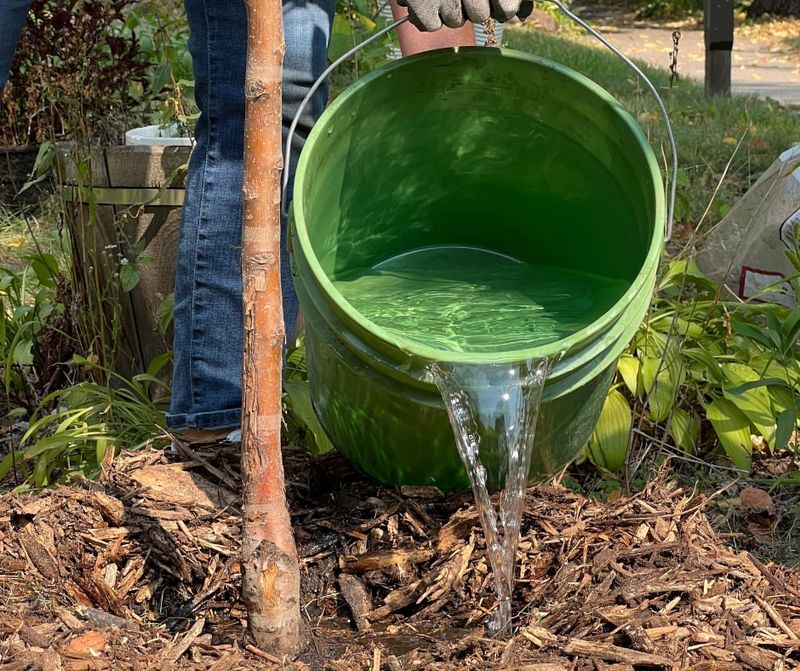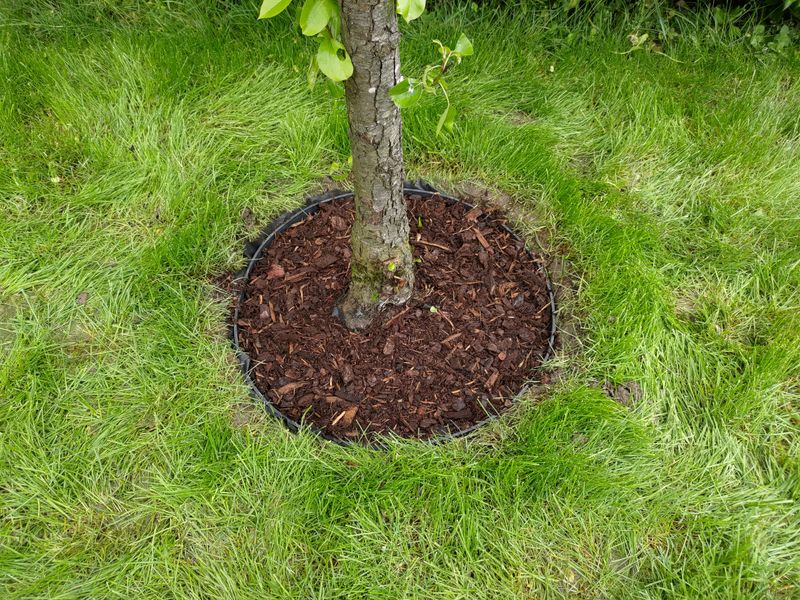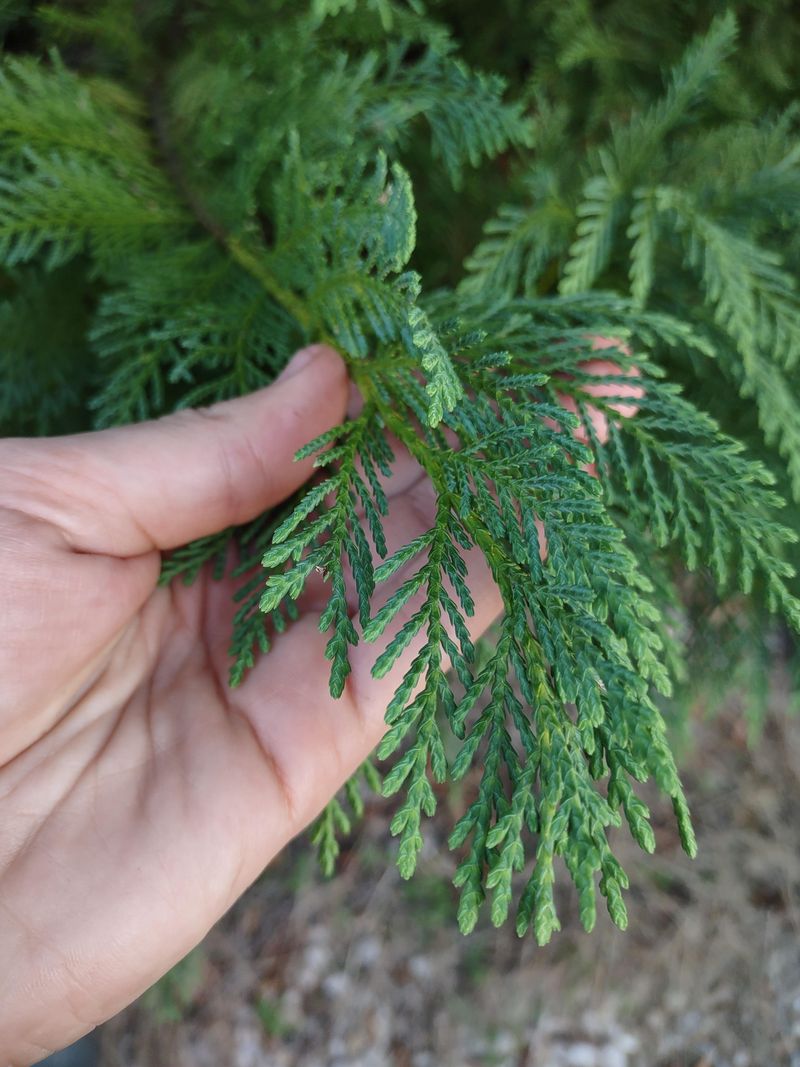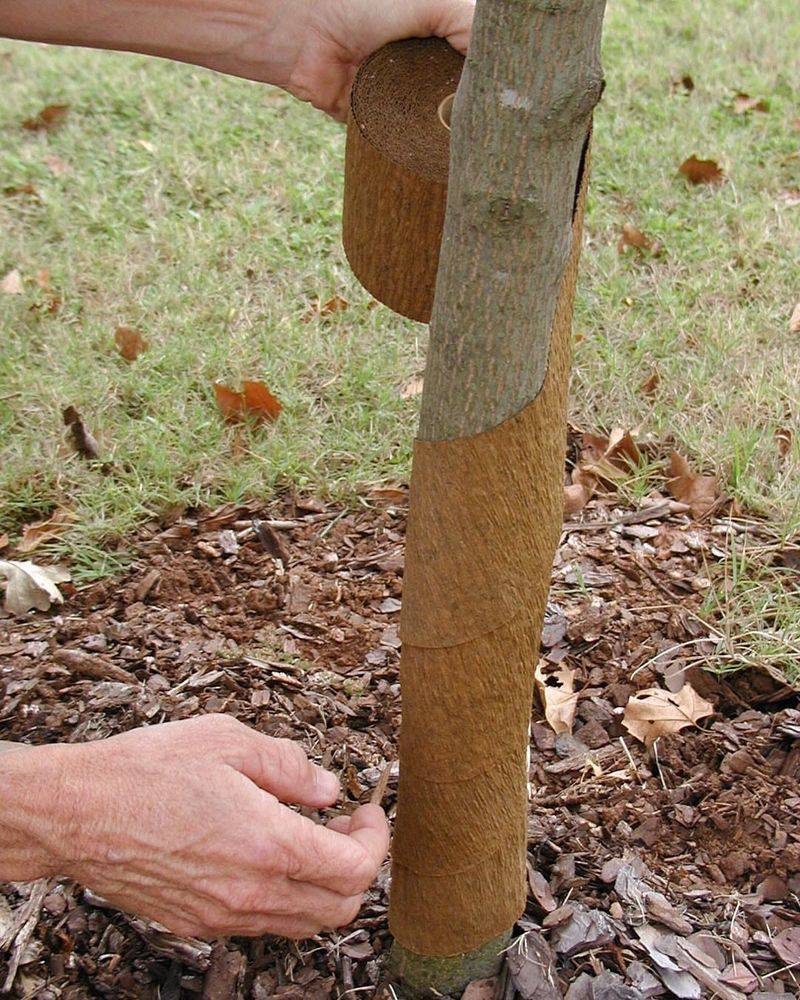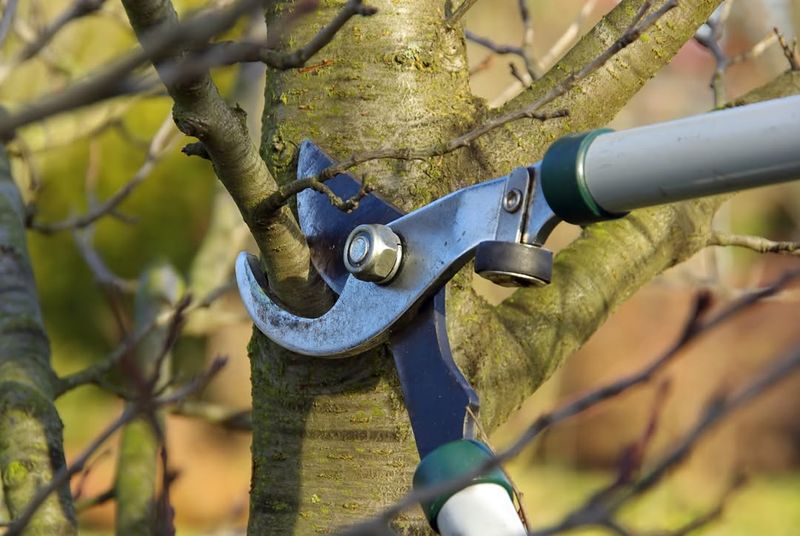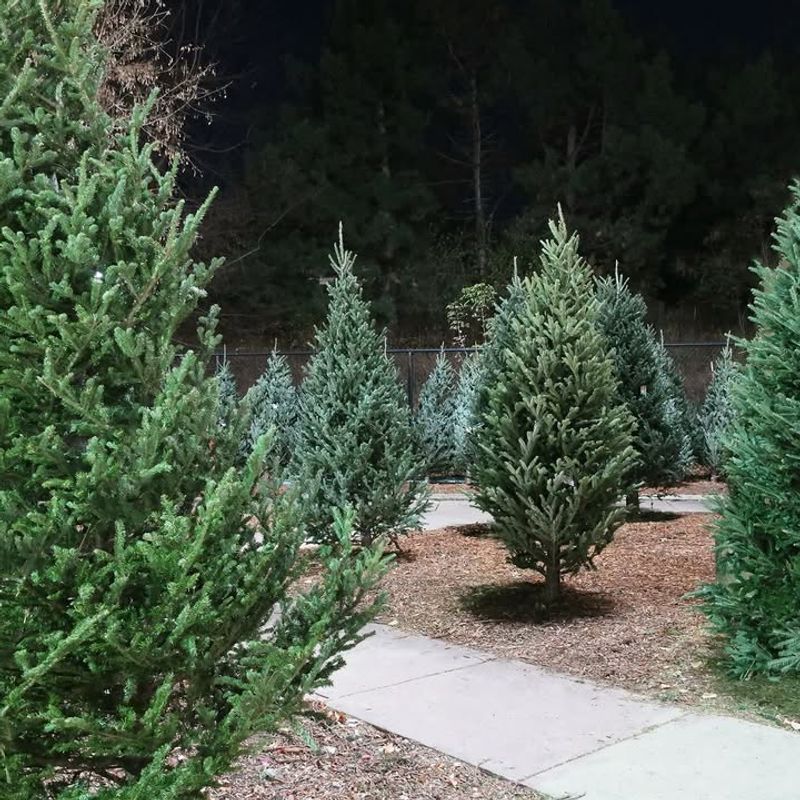When icy winds sweep across Colorado during Thanksgiving, your young evergreen trees face serious danger.
Cold fronts can damage tender branches, dry out needles, and even destroy trees that aren’t properly protected.
But don’t worry—there are simple steps you can take right now to keep your evergreens healthy and thriving through the winter months ahead.
1. Water Deeply Before The Ground Freezes
Your Colorado evergreens lose moisture all winter long, even when they look dormant. Before temperatures drop too low, give each tree a long, slow drink that reaches deep into the soil.
Aim for about 10-15 gallons per tree, letting the water soak in gradually. Well-hydrated roots help trees survive harsh winds and freezing temperatures better than dry ones.
Check the soil around the base—it should feel damp several inches down, not just on the surface.
2. Add A Thick Layer Of Mulch Around The Base
Think of mulch as a cozy blanket for your tree’s roots. Spread a 3-4 inch layer of wood chips or shredded bark in a circle around the trunk, extending out to the tree’s drip line.
Keep the mulch a few inches away from the actual trunk to prevent rot. Mulch insulates the soil, keeping root temperatures more stable during wild temperature swings.
It also locks in moisture that your evergreen desperately needs throughout winter.
3. Install Windbreaks To Shield From Harsh Gusts
Colorado’s fierce winter winds can strip moisture from evergreen needles faster than roots can replace it. Setting up a simple barrier on the windward side makes a huge difference.
Use burlap screens attached to stakes, or position snow fencing around vulnerable trees. The goal isn’t to completely block wind, but to reduce its intensity.
Position barriers a few feet away from the tree, creating a protected zone where harsh gusts lose their punch.
4. Apply Anti-Desiccant Spray To Prevent Needle Damage
Anti-desiccant sprays create a protective coating on needles that slows down water loss. You’ll find these products at Colorado garden centers, often labeled as anti-transpirants.
Spray on a calm day when temperatures are above 40 degrees, covering all needle surfaces evenly. The coating wears off over time, so you might need to reapply mid-winter.
This simple treatment helps young evergreens maintain their green color and avoid that brown, dried-out look that signals serious stress.
5. Wrap Trunks With Tree Guards For Extra Protection
Sudden temperature changes can cause bark to crack and split, especially on the sunny south side of young trunks. Tree wraps or guards provide a protective shield against this damage.
Start wrapping from the bottom and spiral upward, overlapping slightly as you go. Remove the wrap in spring to prevent moisture buildup and pest problems.
Light-colored wraps work best because they reflect sunlight and prevent the bark from heating up too much during sunny winter days.
6. Prune Broken Or Damaged Branches Carefully
Strong Colorado winds and ice can snap weak branches before the main cold arrives. Walk around your trees and look for any limbs that are already cracked, bent, or hanging loosely.
Use clean, sharp pruners to make smooth cuts just outside the branch collar. Don’t leave stubs, but avoid cutting flush against the trunk.
Removing damaged wood now prevents further tearing during storms and helps your tree focus energy on staying healthy rather than healing old wounds.
7. Monitor Weather Forecasts And Water During Warm Spells
Winter isn’t a time to completely forget about your evergreens. Colorado often experiences dry periods with temperatures warm enough for the ground to thaw slightly.
Take advantage of these breaks in the cold to give your trees supplemental water. Even a thorough watering once a month during mild spells helps tremendously.
Keep an eye on weather apps and plan your watering sessions when daytime temperatures climb above freezing for several consecutive days.

